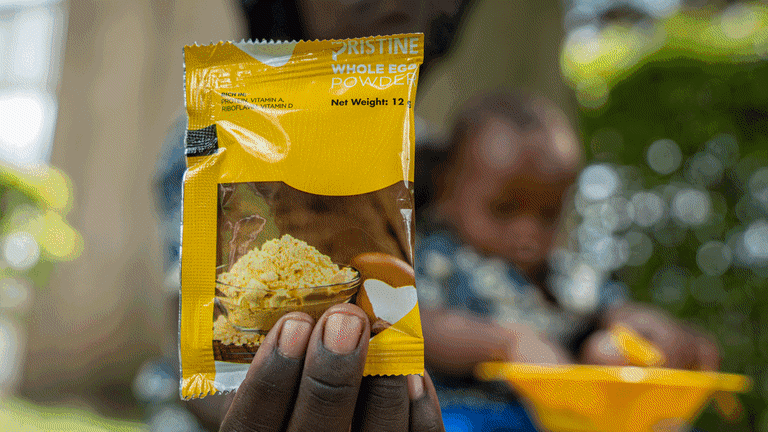For fortified foods to reach the consumers most in need, the market must shift from a “push” to a “pull” industry, top experts at the Global Alliance for Improved Nutrition, Iodine Global Network, Tata Chemicals Ltd. and others told Devex on the sidelines of the GAIN #FutureFortified Summit in Arusha, Tanzania.
“It all has to be driven in the end by the consumer, so that what we have is aspirational products, products that are affordable and are doing the right job,” said Wokko B.J. Wientjes, vice president of sustainability and public-private partnerships at Royal DSM.
The call from private sector stakeholders in particular focused on the consumer, as well as making fortified foods indispensable through increased awareness and promotion.
Printing articles to share with others is a breach of our terms and conditions and copyright policy. Please use the sharing options on the left side of the article. Devex Pro members may share up to 10 articles per month using the Pro share tool ( ).






